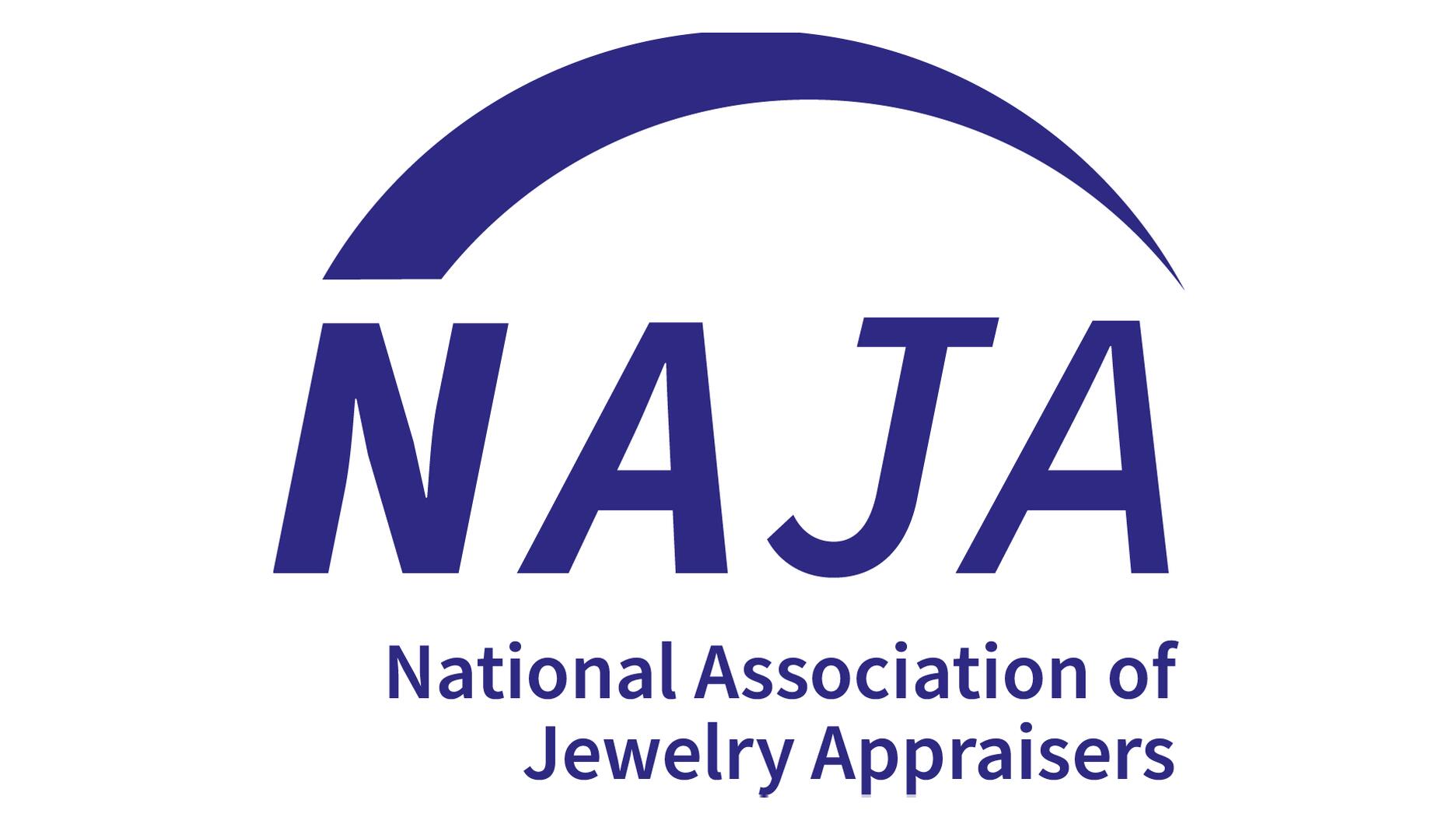Carlos Jose Hernandez and Joshua Zuazo were sentenced to life without the possibility of parole in the 2024 murder of Hussein “Sam” Murray.
In 2014, Russia was world’s No. 1 diamond producer
Data for 2014 published recently by the Kimberley Process shows that the Russian Federation topped Botswana in diamond production last year, in both volume and value terms.

New York--In recent years, executives at Russia’s major diamond mining company, Alrosa, have made no secret of the fact that they are looking to become the world’s No. 1 producer, overtaking rival De Beers.
According to rough diamond production, import and export figures for 2014 recently released by the Kimberley Process (KP), that time is nearing.
The Russian Federation mined 38.3 million carats of diamonds worth $3.73 billion in 2014, compared with Botswana, which mined 24.7 million carats worth $3.65 billion.
While Russia’s larger quantity of goods ultimately added up to a higher value, Botswana still mined more valuable stones on average. According to the KP statistics, the value per carat of Russia’s diamonds was $97.47 while Botswana’s came in at $147.87.
As industry analyst Edahn Golan noted in a blog post published last week, part of the reason for Russia’s rise to the top is related to the differences between the companies behind the countries’ diamond production, Alrosa and DeBeers, which mines nearly all of Botswana’s diamonds.
Alrosa, Golan explained, is backed by Gokhran, the government-run precious metals and gems repository. It can keep mining diamonds and selling them to Gokhran even when global demand slows down.
De Beers, on the other hand, is owned by Anglo American, a publicly traded mining company. Beholden to shareholders, De Beers reduces production to cut costs when its clients aren’t buying as much rough.
Together, Russia and Botswana account for approximately half of world diamond supply, in both volume and value terms.
According to the KP’s statistics, the world’s third-largest diamond producer in volume terms is the Democratic Republic of Congo, though that the value of that nation’s diamonds lags far behind the world’s fourth-largest producer, Canada.
In 2014, the DRC mined 15.7 million carats of goods valued at $136.5 million. The average value per carat was $8.72.
Canada, meanwhile, produced 12 million carats of diamonds worth $2 billion. The average value per carat was much higher at $166.78.
The world’s fifth-largest producer in volume terms was Australia, which mined 9.3 million carats of diamonds worth $304.3 million. The average value per carat there was $32.76.
Other countries that contributed significantly to the world’s diamond supply in 2014 were Angola (8.8 million carats worth $1.32 billion, average value per carat of $149.86) and South Africa (7.4 million carats worth $1.22 billion, average value per carat of $164.76),
The Latest

Yood will serve alongside Eduard Stefanescu, the sustainability manager for C.Hafner, a precious metals refiner in Germany.

The New Orleans jeweler is also hosting pop-up jewelry boutiques in New York City and Dallas.

How Jewelers of America’s 20 Under 40 are leading to ensure a brighter future for the jewelry industry.

Set in a Tiffany & Co. necklace, it sold for $4.2 million, the highest price and price per carat paid for a Paraíba tourmaline at auction.


The jeweler’s “Deep Freeze” display showcases its iconic jewelry designs frozen in a vintage icebox.

Take luxury gifting to new heights this holiday season with the jeweler’s showstopping 12-carat sphene ring.

Roseco’s 704-page catalog showcases new lab-grown diamonds, findings, tools & more—available in print or interactive digital editions.

This year's theme is “Unveiling the Depths of the Ocean.”

In its annual report, Pinterest noted an increase in searches for brooches, heirloom jewelry, and ‘80s luxury.

Starting Jan. 1, customers can request the service for opal, peridot, and demantoid garnet.

The 111-year-old retailer celebrated the opening of its new location in Salem, New Hampshire, which is its third store in the state.

The new catalog features its most popular chains as well as new styles.

The filmmaker’s personal F.P. Journe “FFC” prototype was the star of Phillips’ recent record-setting watch auction in New York.

The new location in the Design District pays homage to Miami’s Art Deco heritage and its connection to the ocean.

Inflations, tariffs, and politics—including the government shutdown—were among consumers’ top concerns last month.

Silas Smith of Meridian Metalworks won the challenge with his pendant that blends Australian and American landscapes.

The sale of the 31.68-carat, sunset-hued stone was part of Sotheby’s first series of events and auctions in Abu Dhabi.

Most customers who walk into your store this month have made up their minds. Your job is to validate their choice, Emmanuel Raheb writes.

The collection features characters and motifs from Ukrainian folklore, including an enchanted mirror and a magic egg.

MatrixGold 3.11, the newest version of the jewelry design program, offers more flexibility, precision, and creative control.

The pavilion will be part of the 2026 JA New York Spring show, scheduled for March 15 to 17.

Kadet, a 1994 National Jeweler Retailer Hall of Fame inductee, helped grow the family-owned retailer in the Chicago area and beyond.

Billed as the world’s smallest wearable, Lumia Health’s new smart earrings have a health tracker subtly embedded in the back.

Don’t let those with December birthdays feel blue. Help them celebrate their month with blue zircon, turquoise, and tanzanite.

The new pink sapphire version of the piece dances with its wearer in the brand’s “Icons After Dark” holiday campaign.

A choice that’s generated a lot of commentary, Pantone says “Cloud Dancer” marks a fresh start and encourages relaxation and creativity.


























